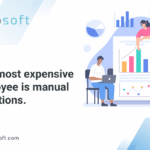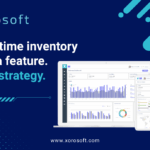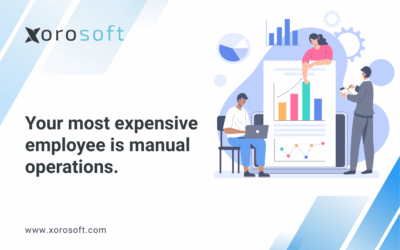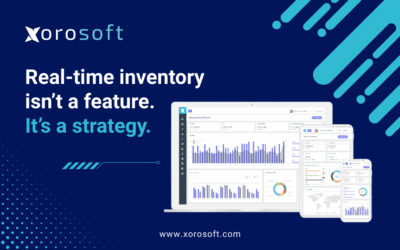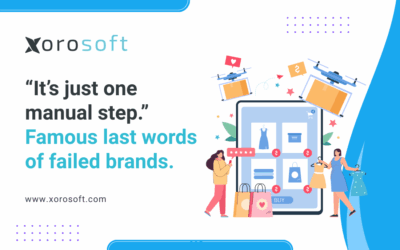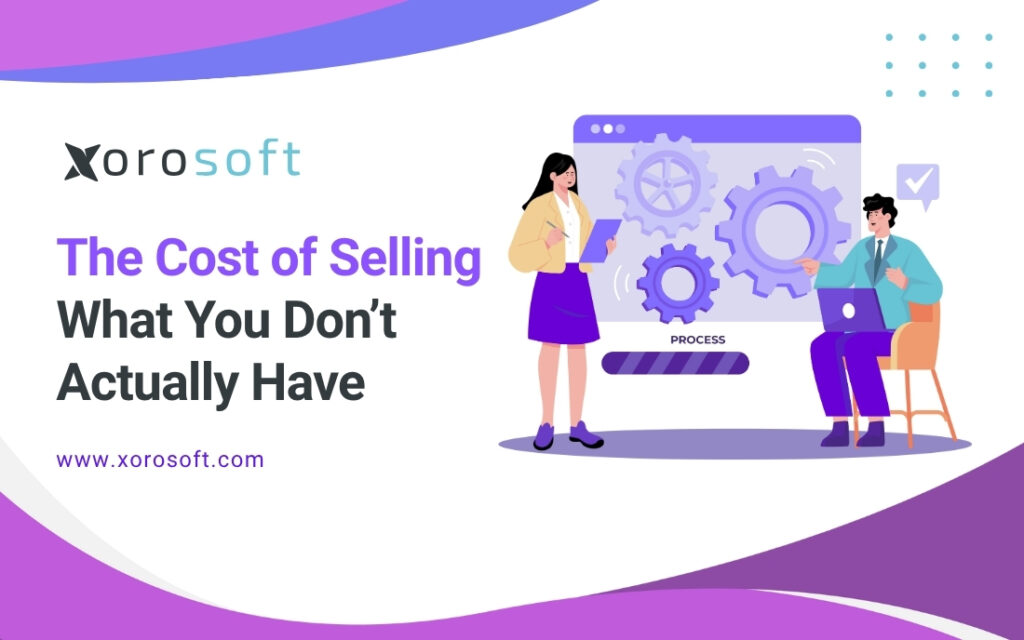
When Overselling Inventory Destroys Trust
At first glance, overselling inventory seems harmless—until it isn’t. You think you’ve secured a great sale, but your team soon realizes the product isn’t in stock. As a result, you’re stuck refunding the customer, apologizing for the error, and cleaning up a mess that shouldn’t have happened in the first place.
This kind of mistake might appear small at first. However, for fast-scaling businesses, overselling is a persistent problem that drains operational efficiency and breaks customer trust.
The Real Cost of Inventory Errors
The hidden costs of overselling inventory go far beyond just reversing a transaction. In fact, these issues ripple across departments and degrade brand loyalty quickly.
-
Customer trust plummets when promised products don’t arrive.
-
Refunds and chargebacks waste resources your team would otherwise use to scale.
-
Support teams are overwhelmed with complaints and cancellations.
-
Inaccurate data misleads your team and makes forecasting nearly impossible.
-
Order reviews decline, and Disappointed customers often leave negative feedback across platforms.
Moreover, as you scale into multiple sales channels—like Shopify, Amazon, and wholesale—the risks multiply.Improper synchronization causes errors to increase with every new order.
For instance, one untracked order or delayed sync can lead to three more customers receiving nothing.
Why Businesses Keep Overselling Inventory
In many cases, the problem isn’t with your people—it’s with your systems. Disconnected platforms, outdated tools, and manual workflows make overselling inventory nearly inevitable.
Most businesses use a mix of:
-
Shopify or Amazon for sales
-
QuickBooks for accounting
-
Spreadsheets for inventory
-
Shipping apps for fulfillment
While these tools work in isolation, they don’t talk to each other. As a result, a product can appear in stock when it’s already sold out. Although your team may try to double-check everything manually, mistakes are bound to happen.
Instead of a clear operational view, you end up working with outdated information, conflicting numbers, and lots of guesswork.
How Centralized Systems Prevent Stock Mistakes
Eventually, patching together tools becomes unsustainable. That’s when smart businesses shift to a centralized ERP—one that handles sales, inventory, accounting, and fulfillment in one place.
With a connected ERP system, you gain:
-
Real-time inventory tracking across every sales channel
-
Order fulfillment synced instantly with stock availability
-
Integrated financial data without reconciliation delays
-
Automation that alerts teams before issues arise
Consequently, instead of reacting to errors, you prevent them entirely. You move from firefighting to forecasting.
How Xorosoft ERP Eliminates Overselling Inventory
To eliminate overselling inventory, you need more than just inventory tracking—you need a system designed to coordinate all moving parts. Xorosoft ERP solves that problem from the ground up.
Unlike outdated ERP systems that are expensive, rigid, and slow to implement, Xorosoft is a modern, cloud-native solution built for fast-moving businesses.
Real-Time Inventory Sync
-
Instantly reflects stock changes from every channel—Shopify, Amazon, and beyond
-
Automatically blocks out-of-stock items from being sold
-
Prevents errors by acting on real-time data, not assumptions
Built-In Warehouse Management (WMS)
-
Tracks bin-level movements, transfers, and stock counts
-
Reduces picking and packing errors through automation
-
Improves visibility across all warehouse locations
Shopify and Amazon Integration
You can connect Xorosoft directly with your Shopify store through the Xorosoft ERP App, giving you live product availability across all platforms. Meanwhile, Amazon orders sync instantly to prevent oversells, missed orders, or duplicated shipments.
No-Code Automation
-
Set reorder points and low-stock alerts automatically
-
Trigger workflows when certain thresholds are reached
-
Allocate inventory based on priority, timing, or warehouse
Recognized by G2
Xorosoft is currently ranked #1 in Ease of Use on G2. Customers highlight how easy it is to implement and how quickly it solves overselling, fulfillment chaos, and inventory discrepancies.
